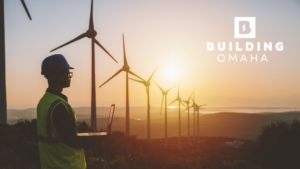
If you think renewable energy is a passing fancy, think again. It’s not just a growing sector of the energy industry; it’s the future. Consider these telling statistics:
With a global population that continues to climb, renewable energy plays a significant role in a sustainable future. Here are just a few examples:
Smart Home Technologies
The global home automation market is projected to grow from USD 40.8 billion in 2020 to USD 63.2 billion in 2025. Home automation incorporates multiple devices and a control hub that coordinates the interaction of all devices, which includes:
These systems are incredibly convenient… and incredibly complex. Professional electrical services ensure that the different parts of home automation are functioning properly AND working well with each other.
Electric Vehicles
The Electric Vehicles (EV) market worldwide is projected to grow by 9.82% from 2024 to 2028. EV sales in 2022 exceeded USD 10 million and are rising. What does this mean for electricians? Infrastructure building and maintenance.
Electric Vehicles need:
In order to meet the national goal of 500,000 EV charging stations, as stated by the Biden-Harris Administration, International Brotherhood of Electrical Workers (IBEW) International President Kenneth Cooper said, “The IBEW has already certified 20,000 electricians through the Electric Vehicle Infrastructure Training Program – the White House’s preferred EV training program – and we look to certify even more in the years to come.”
Locally, the City of Omaha has contracted Building Omaha contractor Commonwealth Electric to install electric car charging stations throughout the city.
EV equals opportunity.
——
According to the U.S. Department of Labor Statistics, there is a need for 80,000 new electricians every year.
And, Nebraska is experiencing a clean energy boom, with a +4% growth – that’s more than 19,000 workers – in clean energy jobs. To put this into perspective, Nebraska has more than three times the workers in clean energy than it has lawyers, real estate agents, and web developers combined.
Electricians with training in energy efficiency, particularly in lighting, ventilation, and air conditioning system installations, are – and will continue to be – in demand. Building Omaha is poised to meet the growing demand for electricians who are trained to work with renewable energy technologies.
Renewable energy will play an increasingly important role in the electrical industry. Be prepared to meet this exciting future with Building Omaha. Learn more about how you can propel your career to a future that includes clean, renewable energy.
Building Omaha is a partnership between the National Electrical Contractors Association (NECA) and the International Brotherhood of Electrical Workers (IBEW).